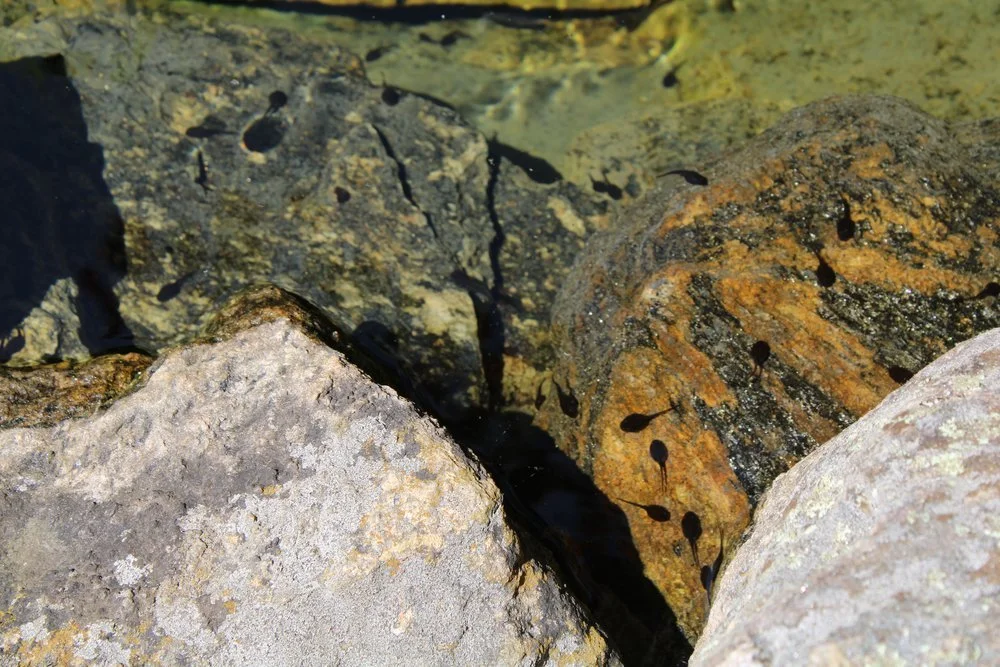FAQ
Bonsai
-
In most cases, we honestly don’t know. The majority of the collection is estimated to be between 20 and 70 years old.
-
The plants are checked at least once a day and watered as needed. Several factors contribute to how often each plant will be watered. Some species need more water than others. Weather, temperature, and season all affect water needs too. Even the location within the bonsai garden can affect water needs; some benches receive full sun, while others are mostly shaded.
Something to think about: If a bonsai has been in training for 20 years, that means it has been checked for water more than 7,000 times. A tree that has been in bonsai training for 70 years has been checked more than 25,000 times!
-
Every year in November, most of the little trees go into storage.
Tropical species need warm temperatures year round; these are stored in a greenhouse for winter. From November to May, there is a display of tropical bonsai in the greenhouse of the Baker Visitor Center.
Temperate species require a cool period to experience winter dormancy, just as the trees in the forest do. Some of our temperate species go into a cooler kept between 35 and 40 degrees Fahrenheit, which keeps them safe from extreme cold and allows some degree of control over when they begin to grow again in spring. Space in the cooler is limited though, so the more hardy species go into an unheated hoop house. Temperatures in the hoop house do drop below freezing, but the hoop house offers protection from harsh winds and snow.
-
The bonsai return to the main garden on World Bonsai Day, the second Saturday in May. This date was chosen to protect the little trees from late frosts, which can damage tender new growth. They are removed from the garden in November, after which, a selection of tropical bonsai are put out for viewing in the Baker Visitor Center.
Wildlife
-
Birds, squirrels, lizards, frogs, and more visit to drink from the fountain. Annually in early spring, American toads congregate in the pool to lay eggs.
Coins can cause pollution in multiple ways. Metal can leach from the coins and contaminate the water. Harmful microbes, which can be present on the coins after being handled by people, can be introduced into the water.
-
Eastern fence lizards are beige, grey, or black with spiky scales. Juveniles and adults look very similar.
Five-lined skinks are shiny, grey lizards with five lines running the length of their body. Juveniles have a bright blue tail. Adult males may have a reddish orange face.
-
The most commonly spotted snakes in the bonsai garden are black snakes (black racers/rat snakes) and garter snakes. None of these snakes are venomous and they help promote healthy biodiversity in the garden.
American toad (Anaxyrus americanus) tadpoles thriving in the pond at the bonsai garden.
Garden
-
The bonsai garden is open year-round from 9am to 5pm. Bonsai are on display in the garden from mid-May to mid-November. You can still view bonsai from November through May in the greenhouse at the Baker Visitor Center.
-
Every plant in the garden is included in either the list of garden plants or the list of currently displayed bonsai. To determine if you can grow a plant at home, you’ll need to consider factors like the USDA hardiness zone where you live, soil type, and sun exposure.
-
No. Plants were selected for their ability to thrive in the site without additional water.
